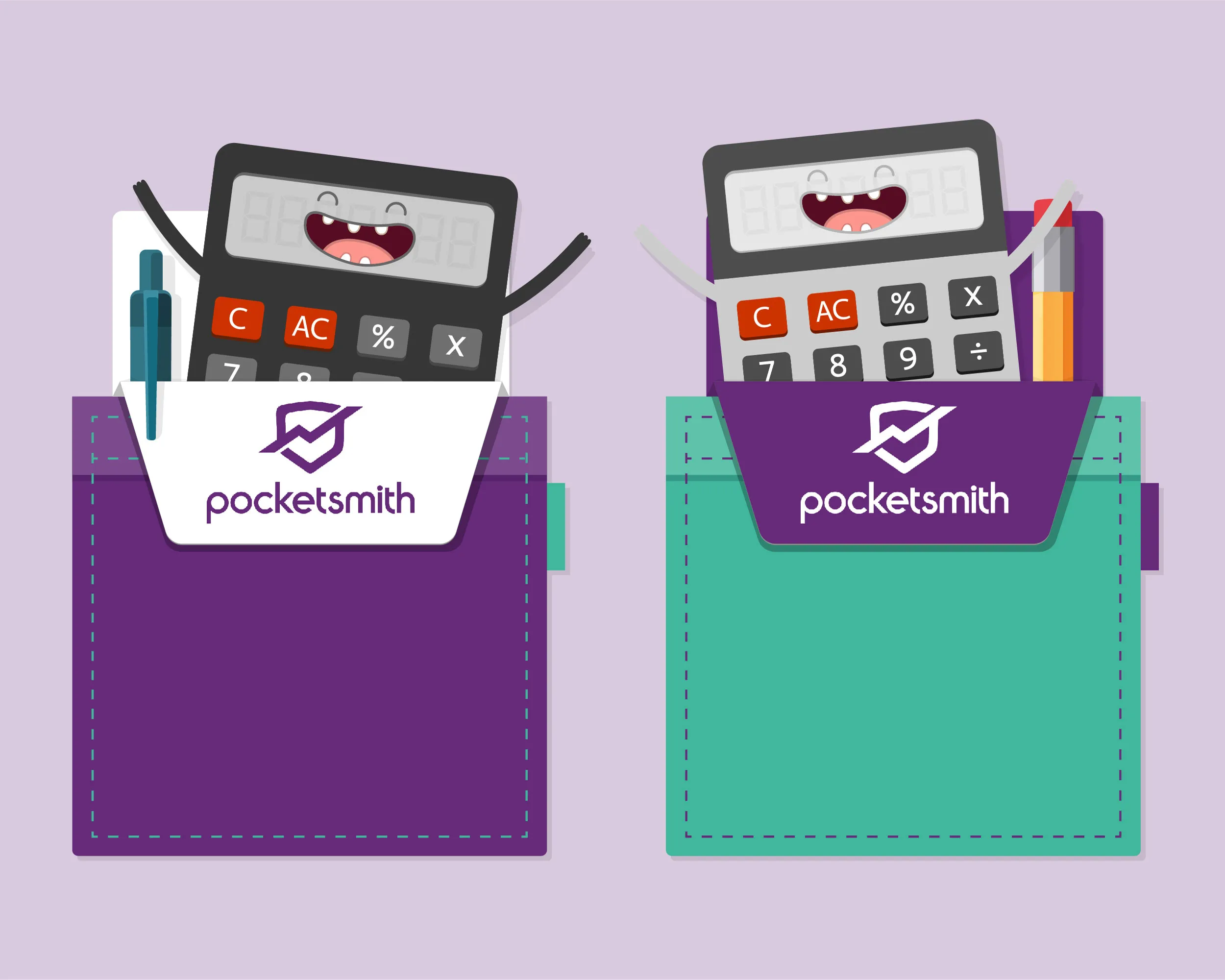Understanding the Concept of a Sinking Fund

Unlocking the Mystery of Sinking Funds
It recently dawned on me how often I casually toss around financial terminology, expecting everyone to be on the same page. It struck a nerve because my blog's primary mission is to clarify the complexities of money matters. Yet, here I was, tangled up in a web of jargon myself! One term that often pops up in my discussions is the intriguing "sinking fund." Today, let’s dive into what a sinking fund is and how it plays a pivotal role in my financial planning.
What Exactly Is a Sinking Fund?
Picture a sinking fund as a dedicated bank account earmarked for a particular financial goal. I create a sinking fund whenever I anticipate a notable expense that I can precisely quantify. It also comes into play when I’m saving for something where the final cost might be a bit fuzzy. Think of it as setting aside funds for:
- Your yearly car insurance, around $800
- A shiny new laptop priced at $1,800
- Dental work potentially costing $8,000
- Your dream vacation savings
- Unexpected vet expenses
The beauty of a sinking fund lies in its ability to transform a hefty bill into manageable chunks. It allows me to stash away a little bit of money each week into a separate account, effectively reducing the temptation to dip into those funds for everyday splurges.
Breaking It Down: The Car Insurance Example
Let’s take my annual car insurance premium of $800 as a case in point. I break that down into 52 manageable weekly payments of approximately $15.38. By setting up an automatic transfer of $16 each week into my "car insurance" fund, I systematically prepare for that annual payment without the stress of scrambling last minute. When the bill comes due, I effortlessly have the entire amount ready to go, plus a little extra, which means I can take advantage of any discounts offered. Stress? None!
Planning for Future Expenses
Another essential sinking fund I maintain is for my daughter’s dental work; she needs braces, and let me tell you, dental expenses in New Zealand can make your wallet cringe! Knowing this upfront allowed me to initiate a savings plan without jeopardizing our budget or plunging into debt. We recognized a couple of years back that braces would be necessary and estimated the costs to be around $8,000. Since then, I've deposited $40 weekly into a designated account, ensuring we’ll be financially equipped for those frequent dental bills. If a little extra money comes my way, such as a tax refund, I toss it into this fund to boost our savings even further. We’ve almost reached our goal, and braces are on the way!
How Many Sinking Funds Should You Have?
At present, I manage six sinking funds, gradually building them up:
- Vet bills - $10 per week
- A laptop for my daughter for her high school needs - $30 per week
- Taxes - variable amounts
- A holiday budget - $100 per week (because priorities!)
- Dental work - $40 per week
- Car insurance - $16 per week
Now, I’m also preparing to set up a new sinking fund for upcoming school uniforms since education costs seem to be rising exponentially. My once budget-friendly child has become a pricey venture, as I realized that 20% of our income is now allocated to sustaining these expenses! Interestingly, my daughter has even started her own sinking fund for her future laptop, learning to anticipate and save for future costs.
Experience the Ease
Instead of fretting over how to cover substantial bills that loom on the horizon, I find reassurance in the methodical way I've organized my finances. I’m pretty sure the orthodontist will appreciate my timely payments! Financial obligations will always be knocking at your door, and without a designated fund, it's easy for your hard-earned cash to disappear into the ether. Ask yourself: if you struggle to save $40 a week for a $1,000 bill, how will you come up with the total when the time arrives? Do you have a plan? A credit card? A loan? The answers often lead to undesired debt.
The Power of Consistent Saving
Unfortunately, many people turn a blind eye to establishing a sinking fund because they convince themselves they don’t need a budget, believe it takes too long to reach their goals, or fear they’ll mismanage the account. Yet, they can magically concoct a simple savings account for their child's future and commit to even a modest weekly deposit. Soon enough, they’ll see how that steady accumulation transforms into a worthwhile sum, leading to an “ah-ha” moment that illuminates the path to disciplined saving and planning, applicable to their finances too.
Initiate Your Sinking Fund Today
Money won’t just appear out of thin air, but when you actively start a sinking fund, watch as it quietly accumulates in the background. When the due date strikes, you’ll make your payment with ease—no stress, no anxiety, just the comforting knowledge that you planned ahead and succeeded. In essence, sinking funds are a powerful component of effective budgeting, and those who master them often find financial success. Happy saving!








